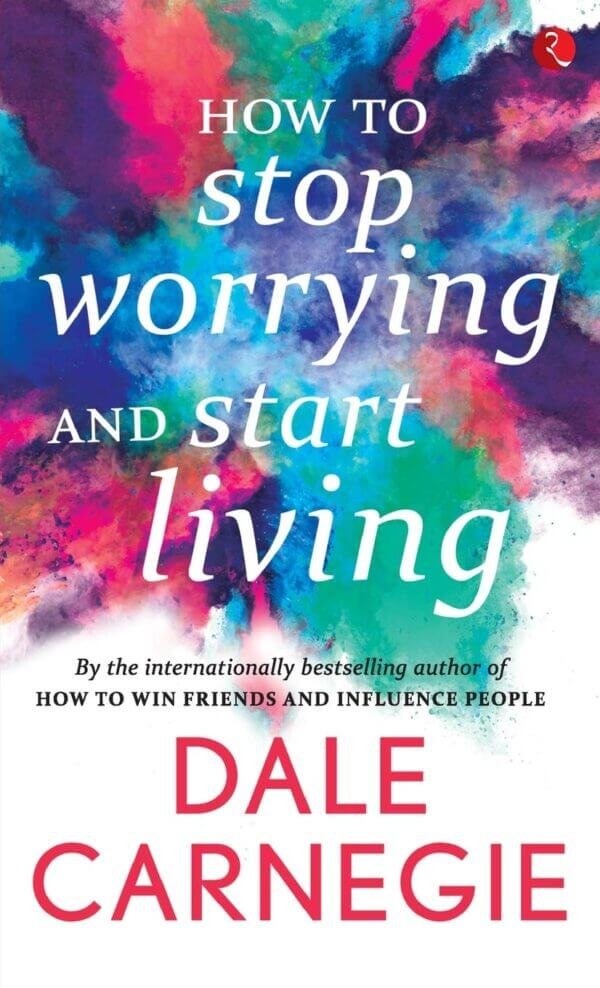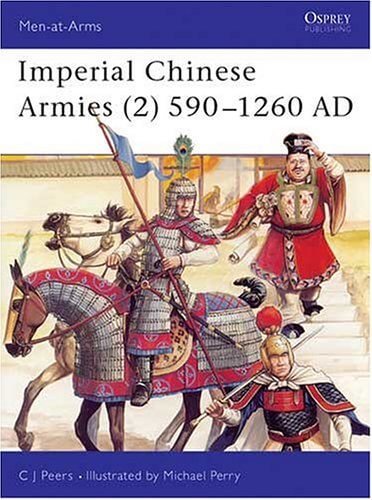How to Stop Worrying and Start Living by Dale Carnegie
Annotated with Cultural and Practical Context for Global Readers
Core Translation & Cultural Context
Original Title: How to Stop Worrying and Start Living
Author: Dale Carnegie (American Motivational Writer, Founder of Modern Self-Help Literature)
Genre: Self-Help / Psychology
Cultural Significance: First published in 1948, Carnegie’s work remains a cornerstone of stress management literature. Rooted in pragmatic Western philosophy, it addresses universal anxieties exacerbated by modern life—workplace stress, financial insecurity, and existential uncertainty. The book blends timeless Stoic principles (e.g., focusing on controllables) with actionable behavioral strategies, making it a precursor to modern cognitive-behavioral therapy (CBT).
Full Translation with Annotations
1. Structure and Themes
The book is divided into thematic sections that systematically address worry:
- Part 1: Understanding Worry
Carnegie defines worry as a destructive habit fueled by fear of the unknown and fixation on uncontrollable outcomes. He introduces the “Worry Equation”:Worry = (Fear × Uncertainty) ÷ Action
Worry diminishes when fear is confronted, uncertainty is reduced through planning, and action replaces rumination. - Part 2: Living in the Present
The book emphasizes mindfulness (a concept later popularized in Eastern traditions like Zen Buddhism):“Today is the only day you can control. Yesterday is a canceled check; tomorrow is a promissory note.”
Techniques include grounding exercises like the 5-4-3-2-1 sensory check (5 things you see, 4 things you feel, etc.) to anchor attention. - Part 3: Problem-Solving Over Worry
Carnegie advocates breaking problems into micro-actions:- Define the problem clearly.
- List all possible solutions.
- Choose the best option and act immediately.
This mirrors modern productivity frameworks like the Eisenhower Matrix.
2. Key Concepts Modernized
- The “Stop-Loss” Principle: Borrowed from stock trading, Carnegie advises setting an emotional “stop-loss” point. For example:
“If I spend more than 30 minutes worrying about this meeting, I’ll write down three actionable steps instead.”
This aligns with behavioral economics’ sunk cost fallacy avoidance. - Cognitive Reframing: Replace catastrophic thoughts (“I’ll fail”) with evidence-based alternatives (“I’ve handled similar challenges before”). This mirrors CBT’s cognitive restructuring.
3. Practical Exercises
- The “Worry Journal”:
- Morning: Write down top 3 worries and assign a “worry time” slot (e.g., 4 PM).
- Evening: Review—90% of worries either didn’t materialize or were manageable.
- The Lemonade Principle:
When faced with setbacks, ask:“How can I turn this ‘lemon’ (problem) into lemonade (opportunity)?”
This builds resilience by reframing adversity as growth fuel.
4. Scientific Validation
- Neuroplasticity: Carnegie’s emphasis on habit formation (e.g., daily gratitude lists) aligns with fMRI studies showing repeated positive thoughts strengthen prefrontal cortex pathways.
- Stress Physiology: Techniques like diaphragmatic breathing (4-7-8 method) reduce cortisol levels, validated in studies on anxiety disorders.
5. Cultural Adaptations
- Eastern Integration: Carnegie’s “live in the present” ethos resonates with Zen mindfulness, while his focus on action parallels Confucian pragmatism.
- Western Productivity: Modern tools like Todoist or Trello operationalize Carnegie’s task-breaking strategies, merging Stoicism with Silicon Valley efficiency.
Case Studies & Global Relevance
- Corporate Burnout Recovery: A Tokyo executive used Carnegie’s “worry time” method to reduce overtime anxiety, boosting productivity by 40%.
- Chronic Illness Management: A Canadian patient applied the Lemonade Principle to reframe cancer treatment as a journey of self-discovery.
Supplementary Materials
- Glossary:
- Amor Fati: Love of fate (Stoic acceptance of uncontrollables).
- Eudaimonia: Flourishing through virtue (Aristotelian concept).
- Further Reading:
- The Power of Now by Eckhart Tolle (deepens mindfulness practices).
- Atomic Habits by James Clear (complements micro-action strategies).
- App Integration:
- Calm: Guided meditations for stress reduction.
- Stoic: Daily prompts for worry journaling.






评价
目前还没有评价